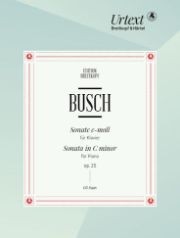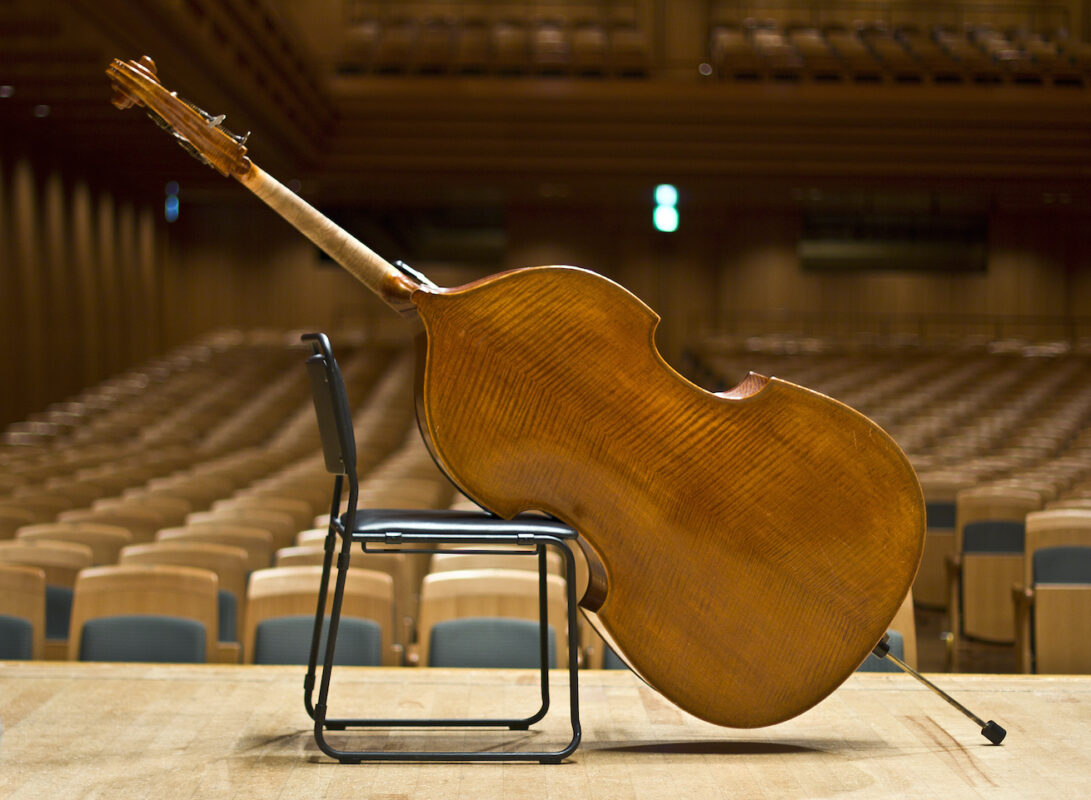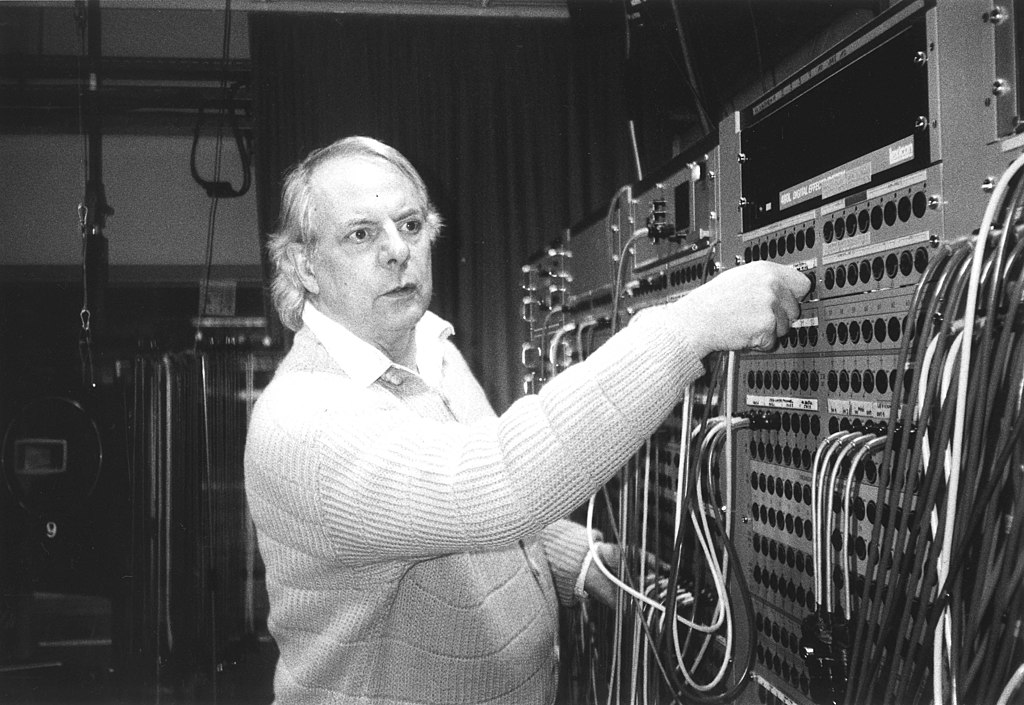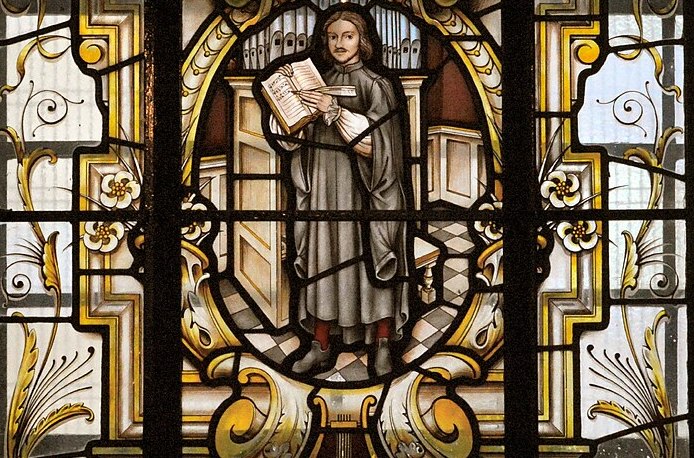A violinist writes for piano
Adolf Busch's Piano Sonata op. 25, which is strongly reminiscent of Max Reger, is now available in a clear and helpful new edition by Jakob Fichert.
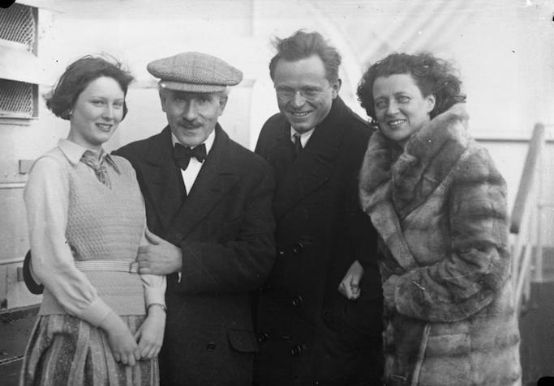
Adolf Busch (1891-1952) is considered by many to be one of the most important violinists of the 20th century. It is probably less well known that he was also an ambitious composer. Busch wrote numerous chamber music and organ works, songs, but also symphonic works. The fact that he also wrote a virtuoso piano concerto and a large-scale piano sonata may come as a surprise at first glance. He was probably inspired by his young piano partner Rudolf Serkin, who later became his son-in-law. It was also Serkin who premiered the Piano Sonata op. 25 in Berlin in 1922. The press initially reacted rather negatively. The work was said to be "illogical and uninteresting", for example. Others, however, were convinced of its quality and championed it, not least Serkin himself, of course.
The sonata consists of three movements: an Allegro moderato con passione, an expansive variation movement and a concluding fugue with introduction, which ultimately artfully combines the themes of the preceding movements. So there can be no question of it being "illogical". However, the constantly changing harmonies are certainly challenging for the listener. Similar to Max Reger, to whom this music is very close, there is also a vast number of modulations in a very confined space, which initially makes it difficult to understand the formal processes. The 2nd movement, whose variations are based on a simple theme in the manner of a string quartet, is probably the most accessible.
Speaking of Reger: some passages in Busch's piano sonata could almost be considered homages to the great model. Just compare the Adagio in the second movement with the ninth from Reger's monumental Bach Variations ...
Although Busch's sonata is very demanding pianistically, the piano writing is usually quite easy on the fingers. And where this is not the case (as with the numerous trills in the fugue), Jakob Fichert, who supervised the new edition for Breitkopf & Härtel, has practical solutions at the ready.
Fichert even recorded the work on CD in 2016 (Toccata Classics 0245) and therefore knows it from his own experience. He strives for the greatest possible clarity in his playing, which is perhaps somewhat at the expense of expressivity. But his profound knowledge of this music is impressive: the corrections to the first edition and the autograph are easy to follow and the fingerings are very helpful. The notation - as far as this music allows - is clear and concise. Anyone wishing to study Adolf Busch's Piano Sonata op. 25 in greater depth will be very well equipped with this new edition.
Adolf Busch: Sonata in C minor for piano op. 25, edited by Jakob Fichert, EB 8996, € 24.90, Breitkopf & Härtel, Wiesbaden






